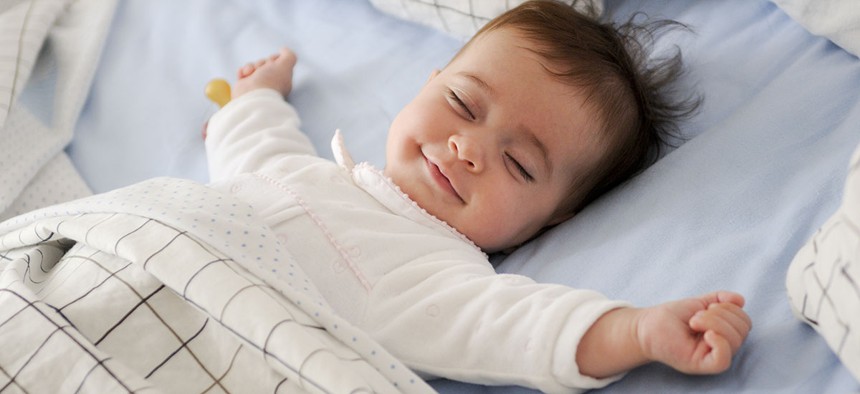Now You Can Use NASA's Volcano-Tracking Technology to Monitor Your Baby

javi_indy/Shutterstock.com
Or your cat.
The best way to monitor a baby, most parents will tell you, is with your eyes and ears.
Does the baby seem to need something? Okay. Go get that thing for the baby. Is the baby safe and calm? Excellent. Good monitoring, everyone.
The fact that babies have an extraordinarily effective built-in parental notification system (wailing loudly) has not quelled the market for high-tech baby monitors. If anything, the availability of cheap sensors—plus the appetite for anything wifi-connected and smartphone-controlled—has made this segment of the Baby Industrial Complex take off in recent years.
But who needs the latest ready-to-buy device when you can build your own sensor network using NASA’s volcano-tracking technology?
NASA is making public the code that powers its monitoring system atop Mount St. Helens as part of its latest Software Catalog, a deep portfolio of software with all kinds of technical applications—“all free of charge to the public, without any royalty or copyright fees,” according to NASA’s website. NASA has been sharing select pieces of its software this way since 2014.
“We’re pleased to transfer these tools to other sectors and excited at the prospect of seeing them implemented in new and creative ways,” Dan Lockney, the head of NASA’s Technology Transfer program, said in a statement.
The Mount St. Helens software is “generic enough to be deployed on different types of sensor networks—not just volcano monitoring—with minimal changes and time investments,” NASA says. In other words, it’s a program that could power a network of sensors in any sort of field environment. Most modern baby monitors are just that: A sensors or group of sensors that delivers data via Bluetooth back to a smartphone or other device. NASA’s volcano-monitoring software also lets you control and visualize the network of sensors through a web browser interface.
This includes, as NASA puts it, “monitoring for real-world events, and reacting to those events,” which, as any parent can verify, is as essential in a nursery as it is in a natural disaster.
NEXT STORY: The Government’s Secret Wiki for Intelligence





